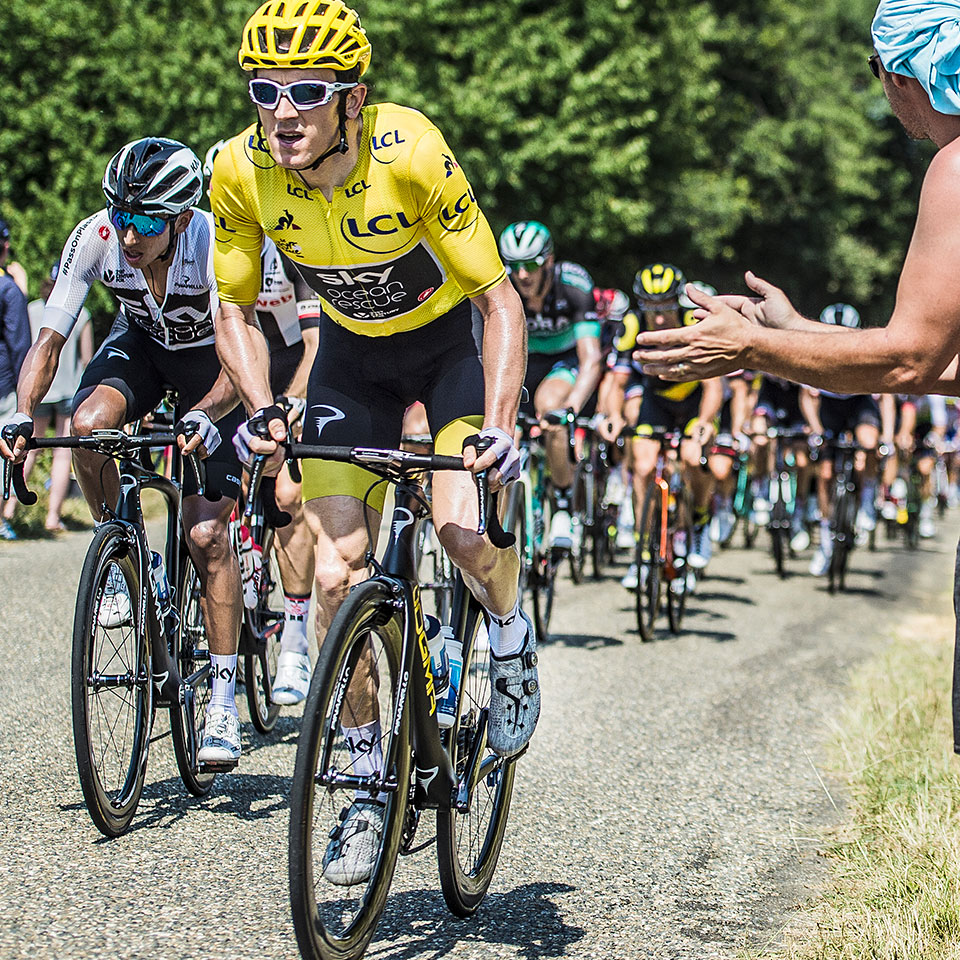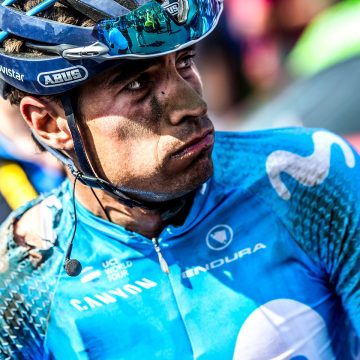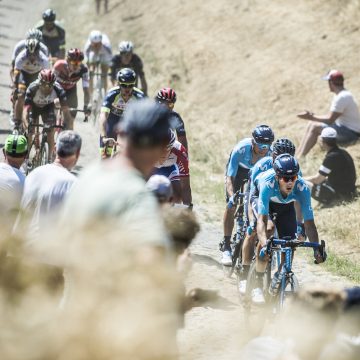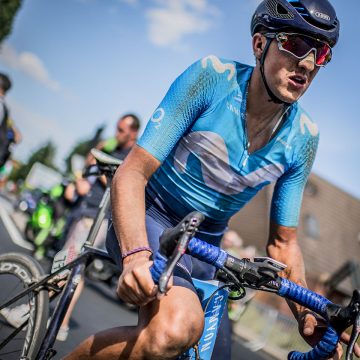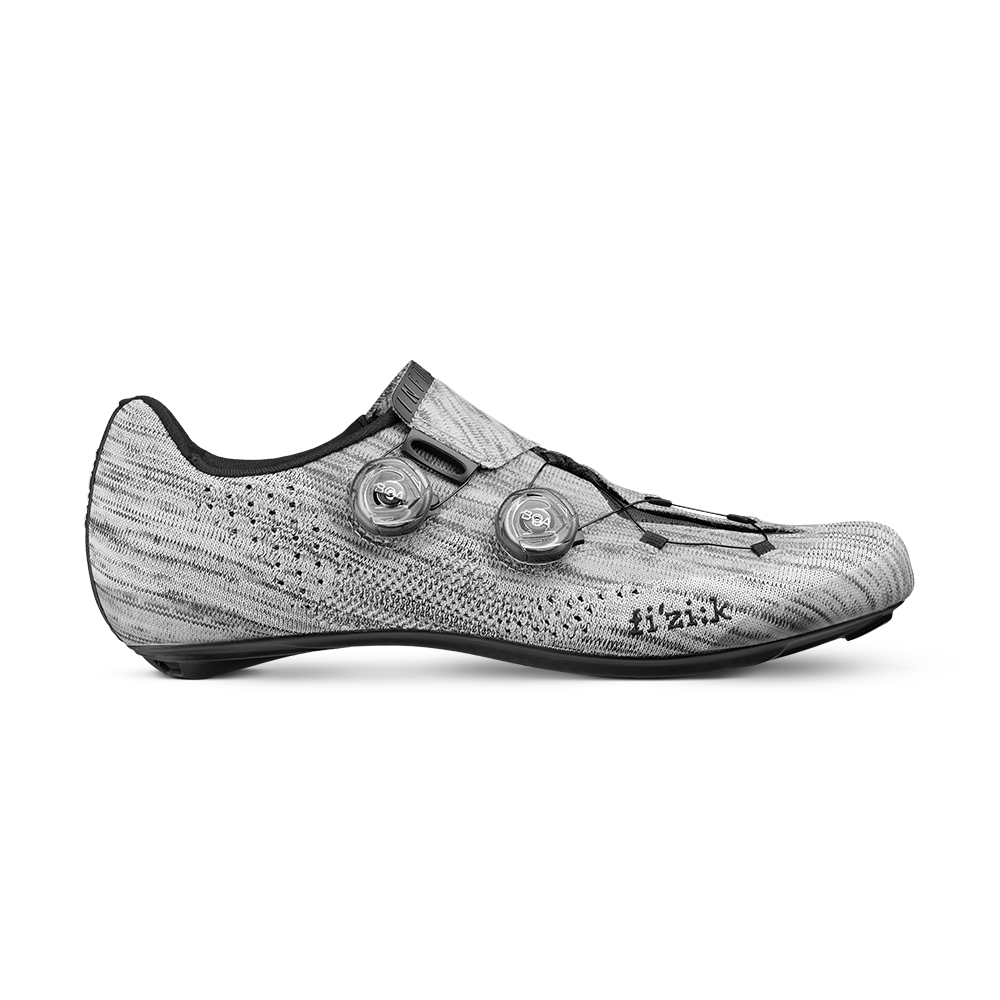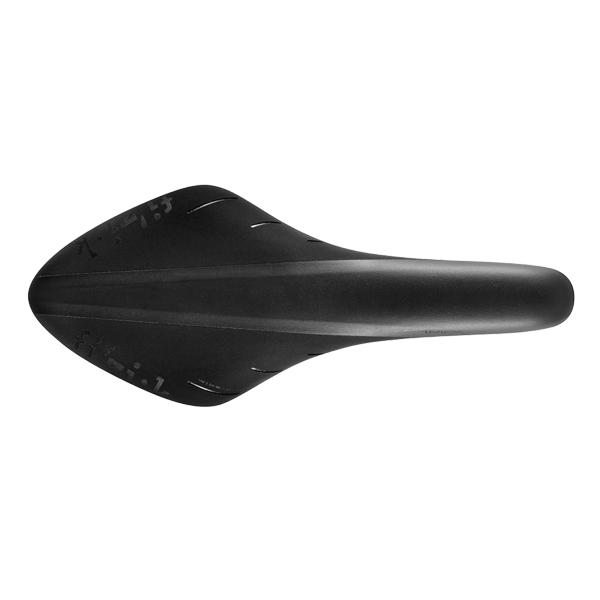The Tour de France, featuring five WorldTour teams who use Fizik saddles (Team Sky, Team LottoNL-Jumbo, BMC Racing Team, Movistar Team and AG2R La Mondiale), is the toughest sporting event in the world, made even more debilitating by the heat with temperatures often exceeding 50°C at roadside. This can have severe repercussions for the rider with a core body temperature of over 40°C associated with reduced performance and even sunstroke. The leading professional teams have some advanced techniques for dealing with riding in the heat, many of which we can all share.
ACCLIMATISATION
Acclimatisation – where the rider trains in the heat to stimulate adaptations conducive to racing in the heat – is part of the pro’s armoury for hot weather racing prep. Research has shown that riders exposed to conditions that elevate their core temperature by between 1 and 2°C for 60 to 90 minute sessions over a period of up to 14 days will afterwards elicit a lower resting core temperature, greater blood plasma volume and increased sweating rate – all favorable to riding hard in the heat.
Some northern European riders use a heat chamber in the winter, and there’s evidence that a hot bath (40°C) straight after a cycling session also ultimately lowers core body temperature, resulting in a stronger performance when racing in hot weather.
For most Tour riders, of course, heat acclimation happens naturally. Take Team Sky’s Michal Kwiatkowski, who lives in Poland where temperatures barely rise above freezing during the winter. As his Strava data shows, he still heads out, albeit his winter training also benefits from warmer training camps in Mallorca.
In 2018, the Pole raced Strade Bianche in March in near-frozen conditions. Come late-April’s Liége-Bastogne-Liége the thermometer showed 19°C. The Critérium du Dauphiné in early June saw temperatures in the mid-20s, which rose again come the Tour de France’s Grand Départ in the Vendee on Saturday 7th July. It’s also proven that fitter riders cope better with racing in the heat.
HYDRATION
Hydration is also vital. A study out of California State University showed that a sustained state of dehydration impaired strength, power and high-intensity muscular endurance by 2%, 3% and 10%, respectively. It’s why team doctors monitor their riders’ hydration levels before and after every stage. This involves checking urine color against a chart; dark is dehydrated, light is hydrated.
Around 1kg fluid loss should be replaced with 1.5 litres of fluid (taking into account the fluid lost through urination), and this should include electrolytes lost in sweat, especially sodium, which helps with transferring water from the bloodstream to the working cells. It’s why an outfit like Team Sky fill bottles with blue tops with water containing electrolytes, while bottles with white topped bottles include carbohydrates for energy.
CLOTHING
Thinner clothing equals cooler but that reduces UV protection. Suncream helps but is often washed off through sweat, so Team Sky’s clothing for racing in the heat features titanium dioxide, which has reflecting properties. It’s the same active ingredient as in many suncreams.
For all pro teams, clothing’s constructed from polyester, which absorbs very little water – around 0.4% of its weight. That’s thanks to its efficient wicking properties, where sweat is transferred from the body to the open air. It’s a material benefit we can all share with the professionals.
Grand Tour riders often use pre-cooling strategies, too, such as ice vests (you might have seen BMC Racing Team riders wearing these as they ‘warmed up’ for the Tour de France’s Team Time Trial) and there’s plentiful consumption use of ice slushies, all in the name of lowering core body temperature to improve performance in the heat – that’s another hot weather riding tip many of us will happily share with our heroes.


